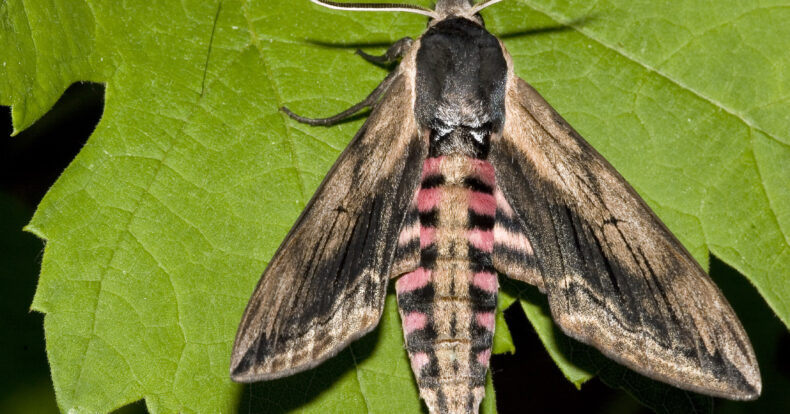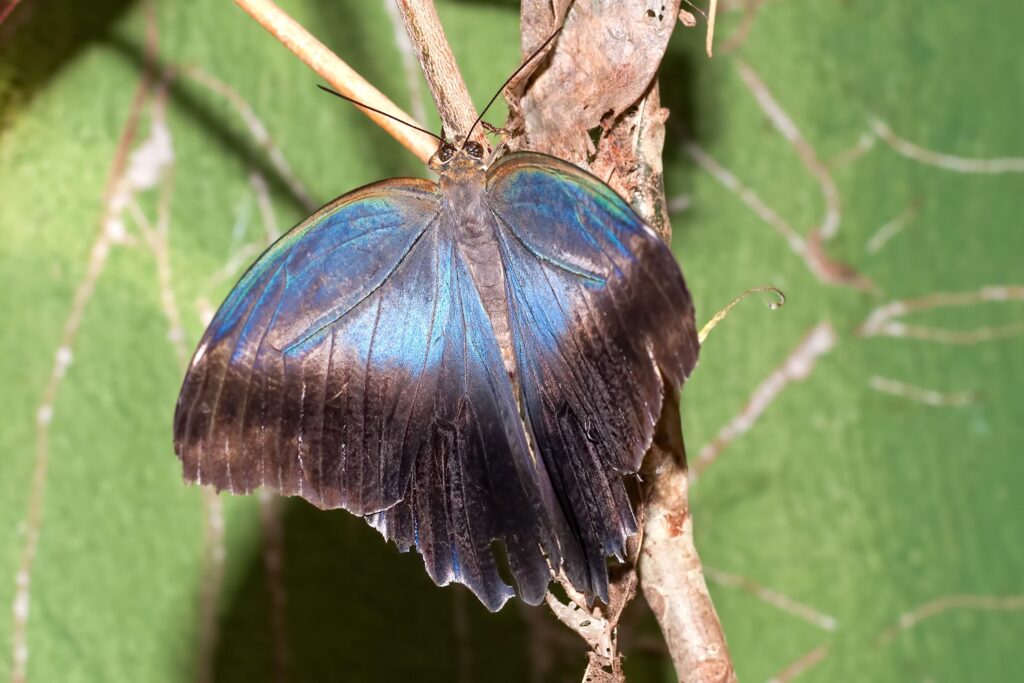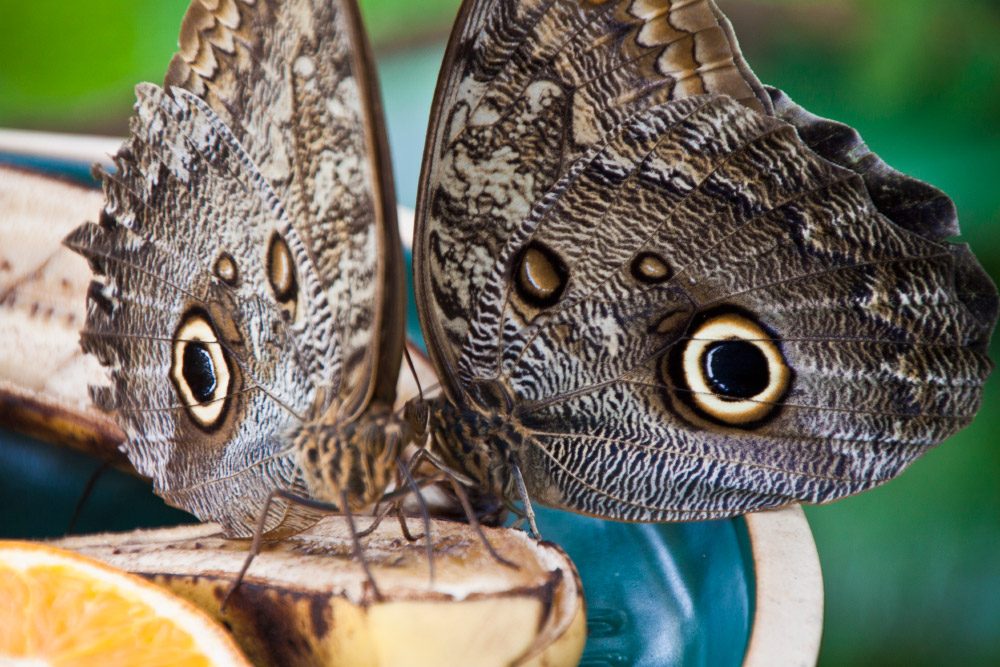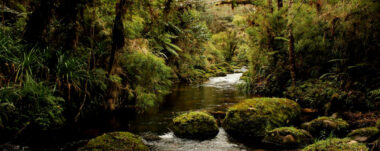Butterflies of the Southern Caribbean: Biodiversity and Conservation

Butterflies of the Southern Caribbean of Costa Rica, endemism and spectacle.
The Southern Caribbean of Costa Rica is an epicenter of biodiversity, where butterflies, both diurnal and nocturnal, stand out as an emblematic group. These species not only beautify the natural landscape, but also play an essential role in the ecosystems and in conservation and sustainable tourism initiatives in the region.
Variety of Species
In the southern Caribbean, 448 species of diurnal butterflies have been recorded, representing 27% of the total documented for Costa Rica. These species belong to 5 families, 25 subfamilies and 253 genera. In addition, the region has 1,631 species of nocturnal butterflies, distributed in 24 families and 743 genera. Particularly, the Sphingidae family, recognized for its specialization as pollinators, comprises more than 60% of the species recorded in the country.


Habitat Relationship
The majority of diurnal butterflies in the Southern Caribbean are associated with forest ecosystems (55%) and secondary growth (45%). This intimate link with host plants makes them key indicators of environmental health. For example, the larvae of many species use specific shrubs and trees for feeding, while adults feed on nectar or decaying fruit.
Among the most notable species associated with the forest are the majestic Morpho butterflies, such as Morpho cypris and Morpho menelaus, whose iridescent blue wings create a visual spectacle. In the secondary ecosystems, species such as Phoebis argante and Pseudolycaena damo stand out, whose presence indicates the importance of forest regeneration for biodiversity.


Butterflies of the Southern Caribbean
Endemismo y Especies Emblemáticas
The region also harbors 13 regional endemic species and 36 subspecies, as well as 4 species endemic to Costa Rica, such as Haetera macleannania. This endemism highlights the biological uniqueness of the Southern Caribbean and underscores the need for conservation efforts.


Further, some species possess extraordinary adaptations for survival. For example, butterflies of the genus Caligo, known as “owl butterflies,” exhibit patterns on their wings that mimic eyes to deter predators. Others, such as the larvae of Pseudosphinx tetrio, use their coloration to resemble coral snakes.


Contribution to Sustainable Tourism
The diversity of butterflies in the Southern Caribbean has great potential for tourism. Butterfly farms and botanical gardens not only attract national and international visitors, but also raise awareness about the importance of preserving these insects and their habitats. Species such as Morpho cypris and Caligo atreus are reproduced in captivity for exhibition and as raw material in the creation of handicrafts.
Ecological Importance
Besides being aesthetically attractive, butterflies play crucial ecological roles. They act as pollinators, contribute to the recycling of organic matter, and serve as bioindicators of environmental health. Their sensitivity to changes in temperature, humidity and habitat alterations makes them valuable tools for monitoring the effects of climate change and human activities.
In conclusion, Costa Rica’s southern Caribbean is a haven for butterflies, whose diversity and adaptations highlight the richness of the country’s natural heritage. Integrating these species into conservation and sustainable tourism initiatives is key to guaranteeing their preservation, while promoting community development and environmental education.
Sensorial Sunsets
Navigate articles





